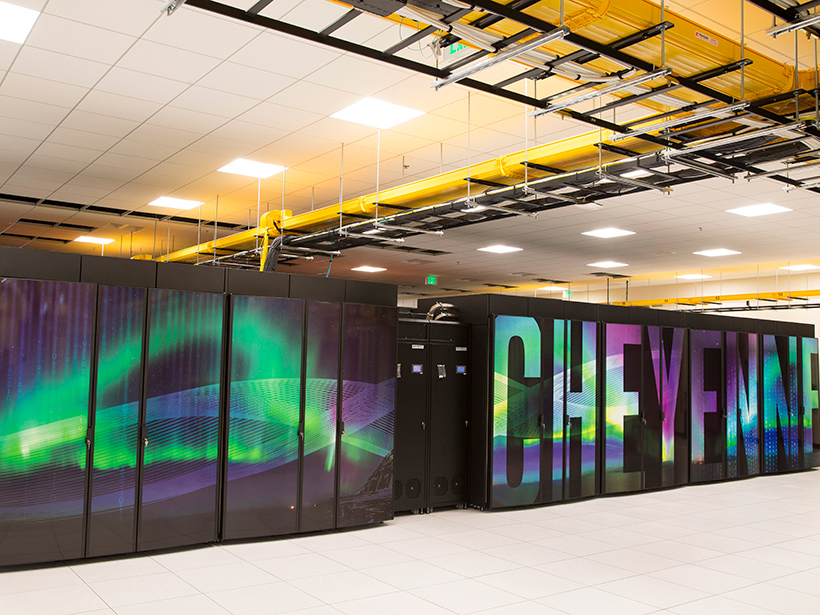As weather and climate models grow larger and more data intensive, the amount of energy needed to run them continues to increase. Are researchers doing enough to minimize the carbon footprint of their computing?

As weather and climate models grow larger and more data intensive, the amount of energy needed to run them continues to increase. Are researchers doing enough to minimize the carbon footprint of their computing?